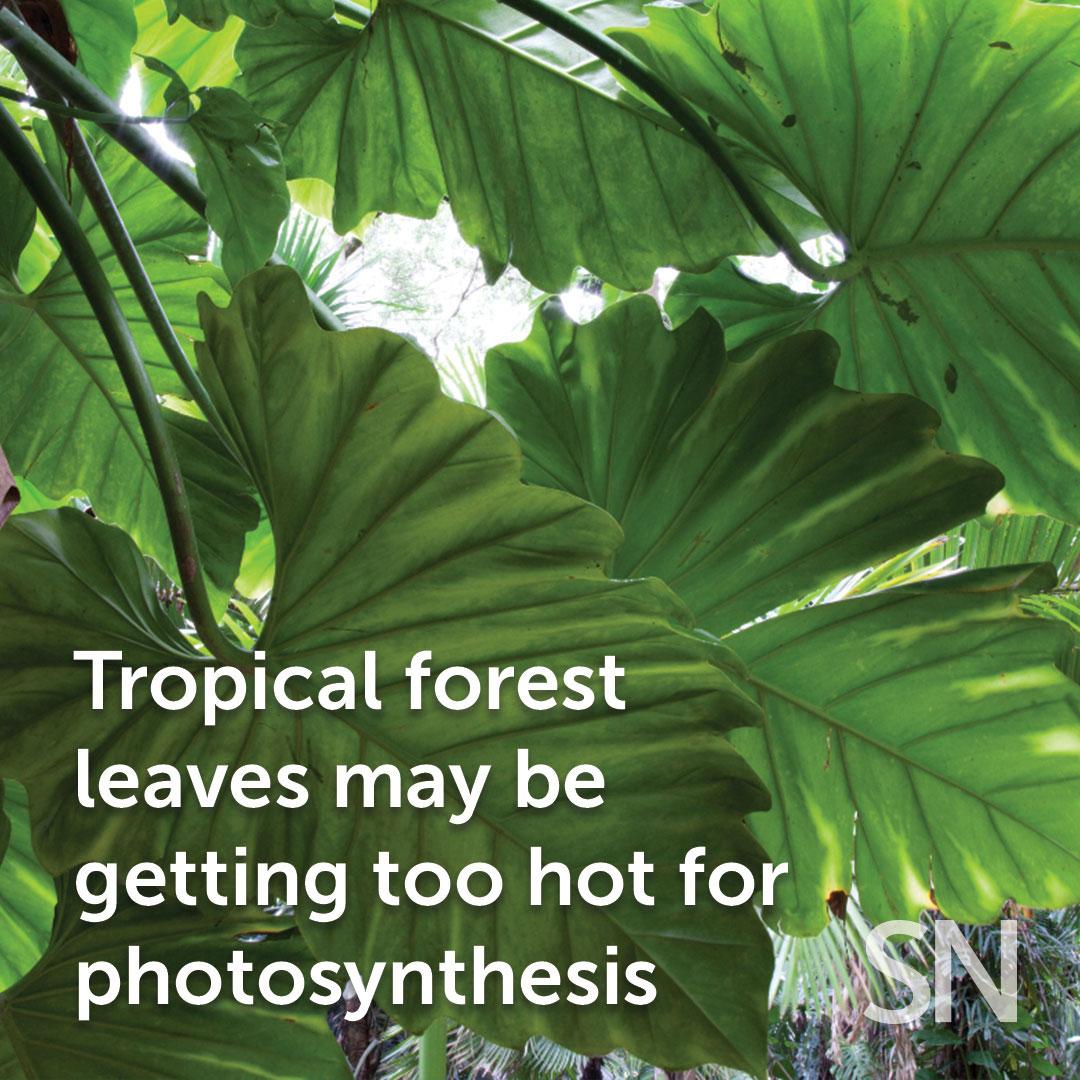Key Environmental Gases for Sustainable Development
With the increasingly serious problems of global climate change and environmental degradation, finding solutions for sustainable development has become a top priority. Among many environmental protection technologies, Heptafluoropropane HFC-227EA, as a clean and efficient compound, provides important support for realizing sustainable development.
Heptafluoropropane HFC-227EA is a colorless, odorless, non-flammable gas widely used in fire extinguishing, refrigeration, foaming and solvents. Due to its zero ozone depletion potential (ODP) and relatively low global warming potential (GWP), HFC-227EA is considered an environmentally friendly alternative, gradually replacing compounds such as hydrochlorofluorocarbons (CFCs) and hydrochlorofluorocarbons (HCFCs), which have a greater impact on the environment.
In the field of fire extinguishing, the application of Heptafluoropropane HFC-227EA has significant environmental advantages. Traditional fire extinguishing agents, such as Halon, are effective in extinguishing fires but have a serious impact on the destruction of the ozone layer and the greenhouse effect. In contrast, the ODP of HFC-227EA is zero, and the GWP is relatively low, so the impact on the environment is greatly reduced.
With the increasingly serious problems of global climate change and environmental degradation, finding solutions for sustainable development has become a top priority. Among many environmental protection technologies, Heptafluoropropane HFC-227EA, as a clean and efficient compound, provides important support for realizing sustainable development.
Heptafluoropropane HFC-227EA is a colorless, odorless, non-flammable gas widely used in fire extinguishing, refrigeration, foaming and solvents. Due to its zero ozone depletion potential (ODP) and relatively low global warming potential (GWP), HFC-227EA is considered an environmentally friendly alternative, gradually replacing compounds such as hydrochlorofluorocarbons (CFCs) and hydrochlorofluorocarbons (HCFCs), which have a greater impact on the environment.
In the field of fire extinguishing, the application of Heptafluoropropane HFC-227EA has significant environmental advantages. Traditional fire extinguishing agents, such as Halon, are effective in extinguishing fires but have a serious impact on the destruction of the ozone layer and the greenhouse effect. In contrast, the ODP of HFC-227EA is zero, and the GWP is relatively low, so the impact on the environment is greatly reduced.
Key Environmental Gases for Sustainable Development
With the increasingly serious problems of global climate change and environmental degradation, finding solutions for sustainable development has become a top priority. Among many environmental protection technologies, Heptafluoropropane HFC-227EA, as a clean and efficient compound, provides important support for realizing sustainable development.
Heptafluoropropane HFC-227EA is a colorless, odorless, non-flammable gas widely used in fire extinguishing, refrigeration, foaming and solvents. Due to its zero ozone depletion potential (ODP) and relatively low global warming potential (GWP), HFC-227EA is considered an environmentally friendly alternative, gradually replacing compounds such as hydrochlorofluorocarbons (CFCs) and hydrochlorofluorocarbons (HCFCs), which have a greater impact on the environment.
In the field of fire extinguishing, the application of Heptafluoropropane HFC-227EA has significant environmental advantages. Traditional fire extinguishing agents, such as Halon, are effective in extinguishing fires but have a serious impact on the destruction of the ozone layer and the greenhouse effect. In contrast, the ODP of HFC-227EA is zero, and the GWP is relatively low, so the impact on the environment is greatly reduced.
·152 Views

